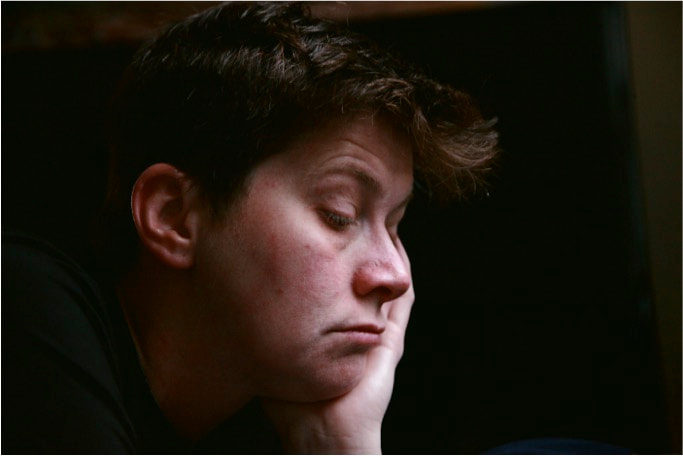Blunted Affect: Definition, Symptoms, & ExamplesWhat is blunted affect, and what does it mean if somebody is experiencing it? This article describes the symptoms, causes, common contexts, and treatments of blunted affect.
As a clinician, blunted affect is one of the first things I might notice in a new client, and it makes me wonder why that person isn’t experiencing or expressing emotions as most people do. Read on to learn what blunted affect looks like, what science tells us about the causes of blunted affect, and how it can be treated.
Before we get started, we thought you might be interested in taking our well-being quiz to get your free personalized report. Or, if you're a well-being entrepreneur or coach, download our Wellness Business Growth eBook to get expert tips, tools, and resources to grow your business fast. Are You a Therapist, Coach, or Wellness Entrepreneur?
Grab Our Free eBook to Learn How to
|
Are You a Therapist, Coach, or Wellness Entrepreneur?
Grab Our Free eBook to Learn How to Grow Your Wellness Business Fast!
|
Terms, Privacy & Affiliate Disclosure | Contact | FAQs
* The Berkeley Well-Being Institute. LLC is not affiliated with UC Berkeley.
Copyright © 2024, The Berkeley Well-Being Institute, LLC
* The Berkeley Well-Being Institute. LLC is not affiliated with UC Berkeley.
Copyright © 2024, The Berkeley Well-Being Institute, LLC




